February 4 – April 1, 2012
MUSEUM OF CONTEMPORARY CANADIAN ART
Toronto’s unprecedented spring-like weather suits the atmosphere found inside at the MOCCA’s latest exhibition Spectral Landscape. With a dedicated focus on the great out-of-doors, this exhibition encapsulates the precarious and shifting relationships between humans and nature and evokes journeys through memories and nostalgia. Kicking off MOCCA’s 2012 season, Spectral Landscape opened on Saturday, February 4, 2012, alongside Tasman Richardson’s Necropoplis, and Daisuke Takeya’s God Loves Japan. Spectral Landscape, put on through the highly acclaimed National Gallery of Canada at the Museum of Canadian Contemporary Art, features the work of Peter Doig, Tim Gardner, and Sarah Anne Johnson.
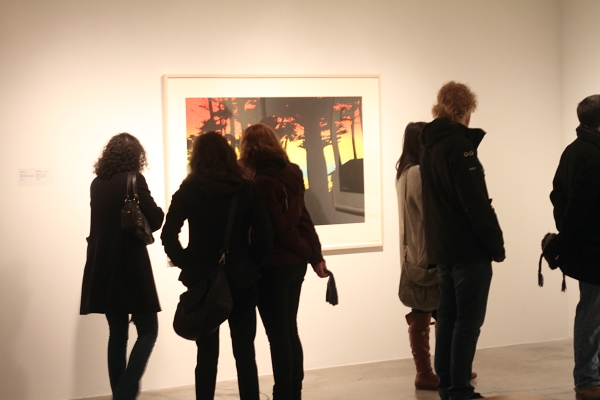 Photo: Mauricio Contreras-Paredes
Photo: Mauricio Contreras-Paredes
Spectral Landscapes includes an array of printed, etched, and painted works which line the walls of the more western of MOCCA’s exhibition spaces. The age-old quest for becoming lost in a wilderness is set at play here, with each of the three artists offering engaging depictions of our more (or less) uninhabited environments. Idealized interpretations of landscape involve oppositions; we find the real, the sublime, the rugged, the fragile, the whimsical, and the surreal. Realism is interrupted by the ambiguous and the fantastical, lending a quality of sheer uncanny.
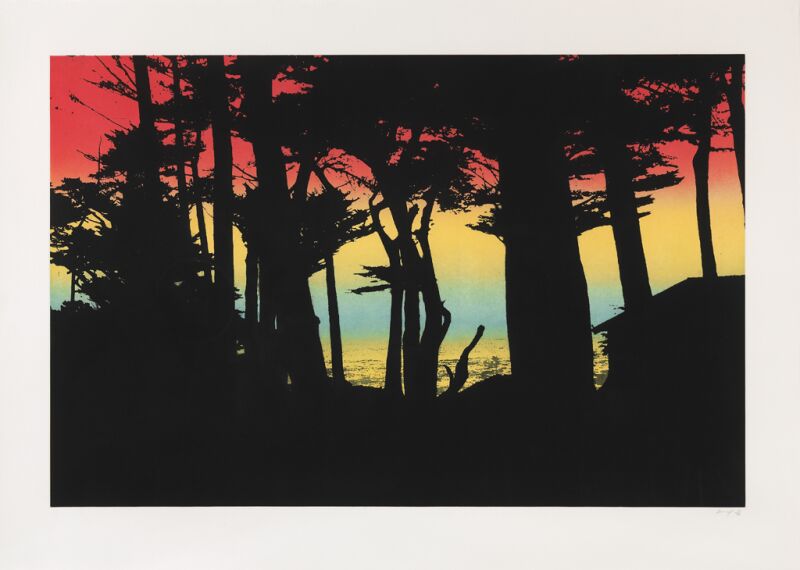 Peter Doig, Big Sur, 2001. Print. NGC Collection, Ottawa. © Peter Doig
Peter Doig, Big Sur, 2001. Print. NGC Collection, Ottawa. © Peter Doig
Doig’s works, colour etchings on hahnemühle paper, come from his series, 100 Years Ago. The etchings are scenes of familiarity which reference past experiences and popularized culture. In these etchings Doig offers an acute awareness of the way that light affects perceptions and gives visual shape to objects. Almost impressionistic, this intentional focus on light is reminiscent of old photographs and renders the images as something from a memory. Echoes of “do you know this place,” linger as visitors point out details, responding to personal familiarity with the visual cues, and the similarities in experiences that we have all shared in our pasts.
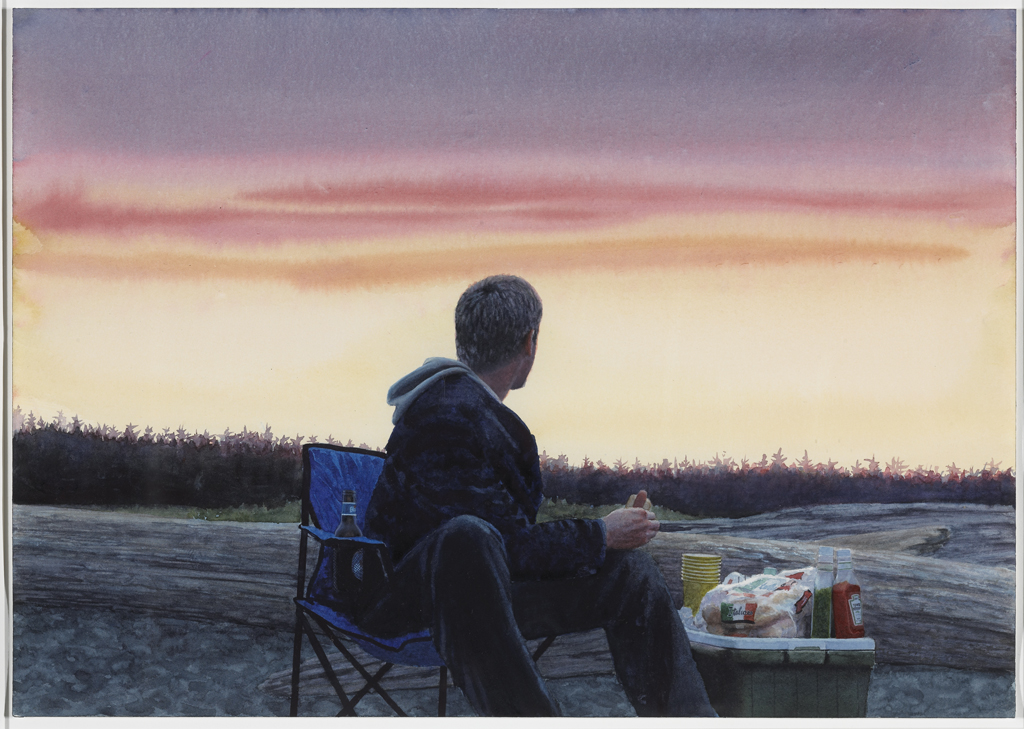 Tim Gardner, Untitled (Bryan with Hot Dog), 2008 Watercolour. NGC Collection, Ottawa. © Tim Gardner
Tim Gardner, Untitled (Bryan with Hot Dog), 2008 Watercolour. NGC Collection, Ottawa. © Tim Gardner
From a distance one would not guess that Gardner’s scenes of inhabiting the wild are created with watercolour paint rather than digital photography. Gardner’s depictions are especially significant to anyone who has spent time (childhood or otherwise) in the rugged hinterland of Canada’s backyard. Reminding one of days spent camping, skiing, or exploring, these paintings are similar to Doig’s and seem akin to personal memory. The elusive quality offered by the brushstroke, rather than digital clarity, emphasizes the fleeting nature by which remembered images are tinged. Gardner’s personal history is a shared one. Juxtaposing human object with nature’s starkness, Gardner poignantly reminds that “leaving it all behind” can have a double entendre (do we leave the city, or leave bits of it behind in the wilderness).
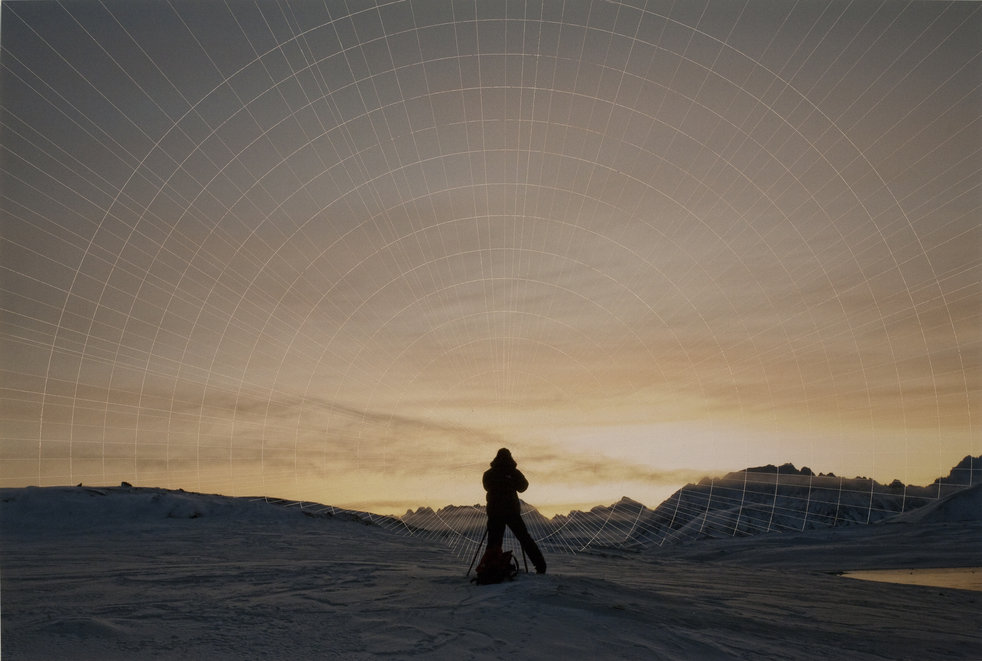 Sarah Anne Johnson, Circling the Arctic, 2011. CMCP Collection, Ottawa. © Sarah Anne Johnson
Sarah Anne Johnson, Circling the Arctic, 2011. CMCP Collection, Ottawa. © Sarah Anne Johnson
Johnson’s works in the series Arctic Wonderland date from 2009, when she sailed on a Norwegian schooner to Svalbard as a participant in the Arctic Circle program. Inspired by the sublimity of her surroundings, she captured these scenes, as well as her peers and their ship, in stark reality. Acknowledging the Arctic as a clear measure of the planet’s precarious health, Johnson manipulated her documentary-style photographs. Imposing post-production techniques such as etching and painting with photo-spotting inks, these works attest to an endless query of the shared uses of the environment. Although the bond between nature and human is unbreakable, we must question the impact of human involvement within our “pristine,” “untouched” and very fragile landscapes.
Sarah Anne Johnson, Explosions, 2011 Photograph CMCP Collection, Ottawa. © Sarah Anne Johnson
The featured works come together cohesively, creating a reminiscence: of summers and seasons past, of love and anxiety, of foreboding, of barren landscapes and familiar comforts. These are feelings which inherently prey on one’s inner sense of nostalgia, instigating musings and rememberings. What is lacking in this exhibition had nothing to do with the work itself, but ironically everything to do with the treatment of light. A tribute to experiences taking place out-of-doors, these cool images, in which depicted light figures so heavily, seem to crave cool, crisp, natural (or at least brighter) lighting.
Visiting Spectral Landscape involves a certain pensiveness; the works engage one in a time-lapsed journey through both the imagined and the experienced, causing one to wonder about the human desire to go off and ‘get lost.’ What is this yearning for solitude and separation from human civilization? Gardner’s watercolours remind that even when embarking on adventures of solitude and separation, we decide to bring the comforts of home along with us, and Johnson’s forebode that we will very often leave a destructive trail behind. Spectral Landscape takes into account the fact that memories do not preserve clarity or preciseness. Instead, it is in memory that images can bend and conform according to past experiences. Solitude surfaces as a subject to question, as one also wonders about the certain loneliness that accompanies the realization that memories, even those that are shared, are individualistic. Spectral Landscape points to the overwhelmingly historical and pervasive tendency to capture and frame our landscapes. People and the environment have a tenuous relationship, and they inherently impact one another. This tension reflects complexities that hold an ever-increasing presence in human awareness, as they form of our interactions with(in) the environments we inhabit—and as our environment becomes more and more crucial.
Miriam Arbus

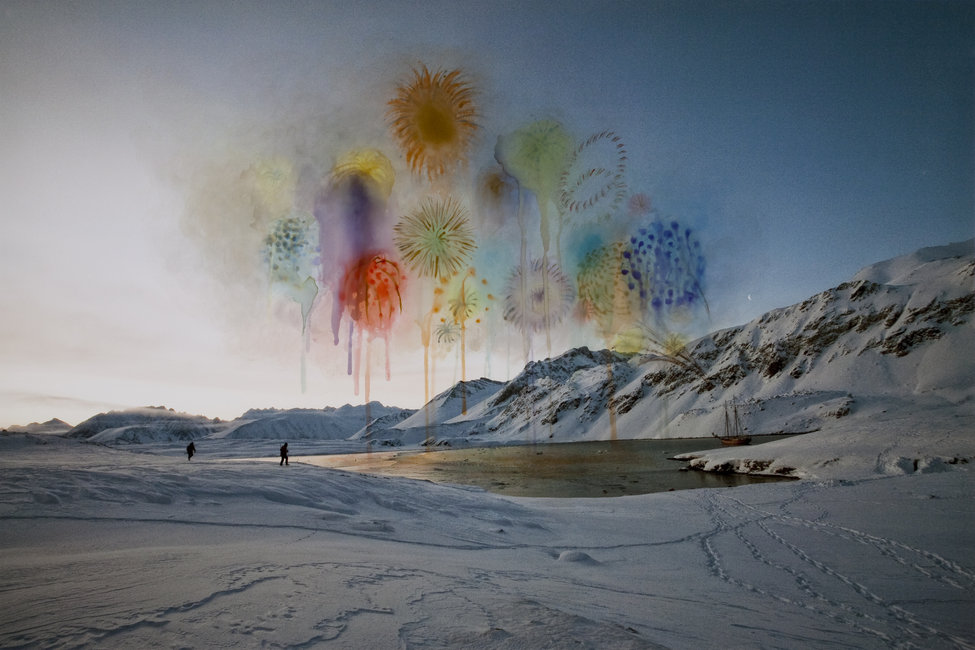
This is such a lovely critique of this exhibit – it draws me and although distance prevents me from visiting, this glimpse has been wonderful.
Very well written. As someone who doesn’t know very much about art, I found this article easy to understand and very informative, while still managing to convey the beauty of the work itself. Would be keen to read more.
very expressive work..I am looking forward to more articles..
Wonderful article… as a lover of raw – powerful landscapes, especially in the watercolour medium i was awed by the paintings and how the writer tied together, the artistry and the magic that only can be experienced by standing in the middle of such a wonderful space… the writers understanding of the art masterfully wove three vastly different styles into a cohesive experience of truly stepping into the wild and the spiritual experience when one journey’s into the woods…
If i lived in Toronto i would make visiting MOCCA’s latest exhibition Spectral Landscape a priority.